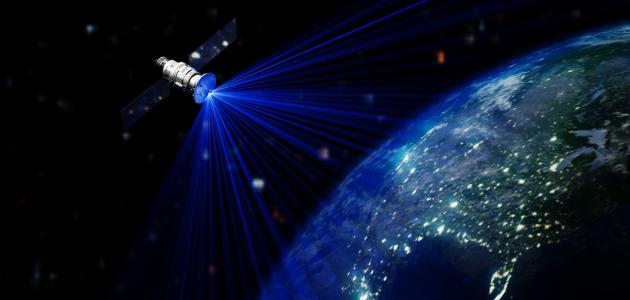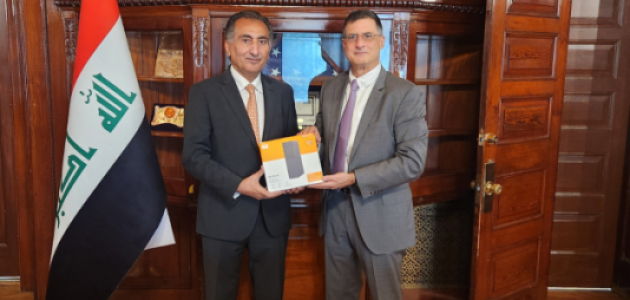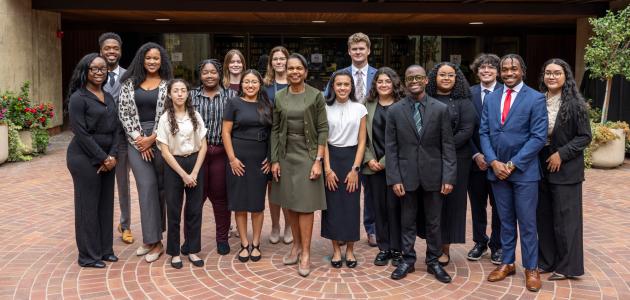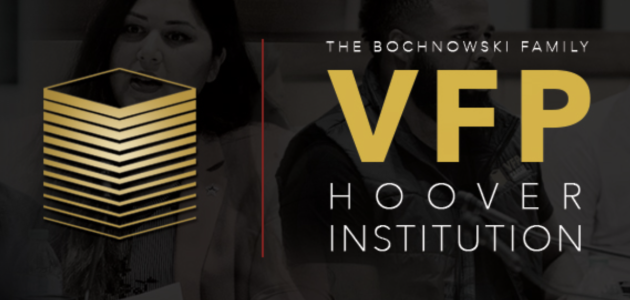By Katy Doll
The pages of the June 1952 “Life and Times in the First Radio Broadcasting and Leaflet Group” display a convivial group working at their craft. In the illustrated yearbook, pages of photographs show American military men (and a few women as civilian support staff) smiling at the camera, cheering on the unit’s mascot, and admiring their handiwork in producing written and recorded propaganda aimed at North Korean and Chinese forces during the Korean War. This unit, the RB&L, was only one part of the U.S. psychological warfare effort during the Korean War.
These psywarriors, a name taken from their task of psychological warfare (psywar), show some of the exuberance of the psywar project during the Korean War. They created messages for enemy troops, and they hoped to persuade these enemy viewers and listeners to surrender to the United States and United Nations forces. For this massive wartime project, psywarriors created more than a billion leaflets, which they rained down on North Korea.
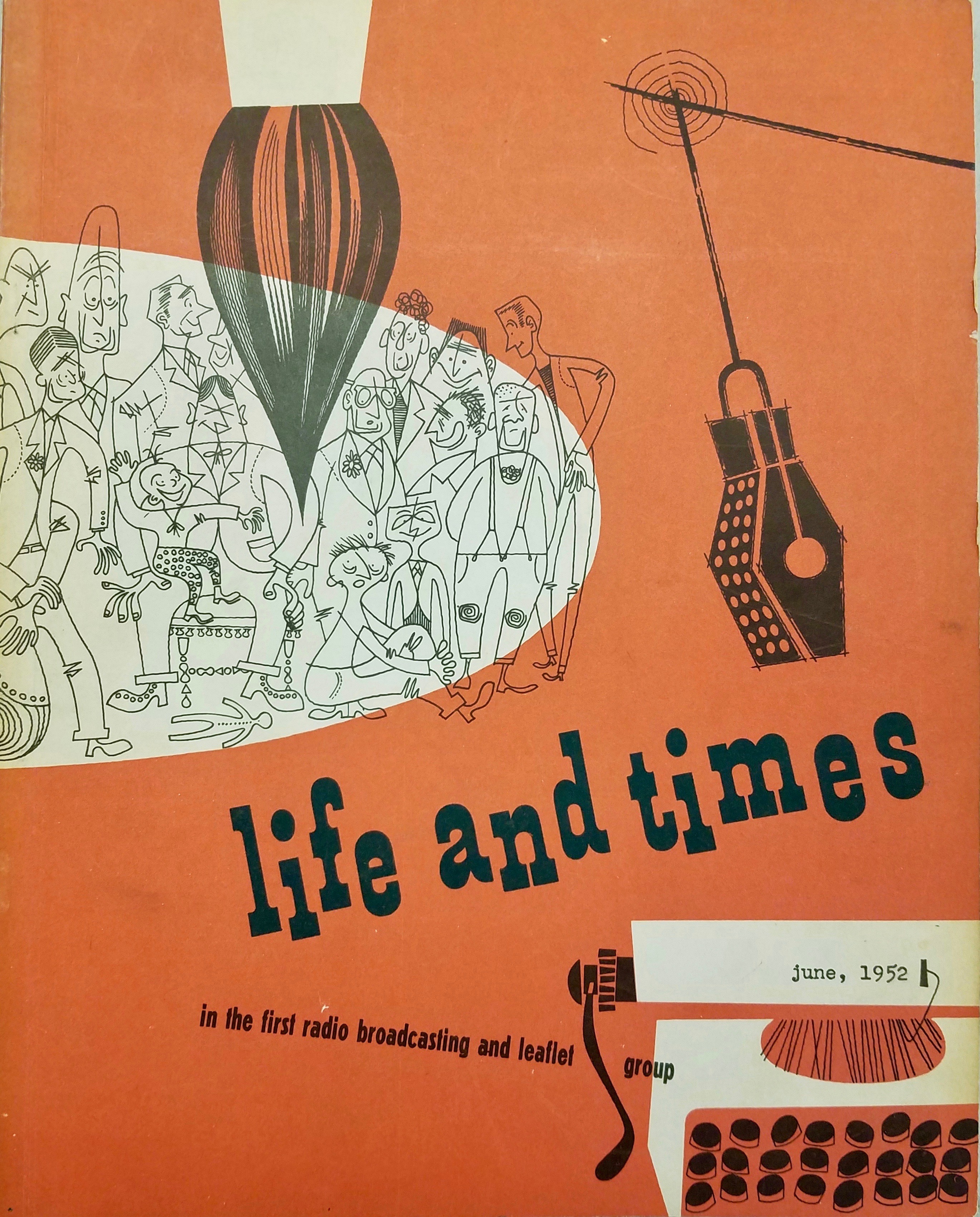
Psychological warfare sometimes goes by other names, from propaganda to information to psychological operations. But some practices remained the same from the 1940s into the 1970s, regardless of the name. Throughout this period, the United States turned to persuasive messages in an attempt to increase war-time surrender and support for the U.S. and its allies. My research focuses on the changing U.S. practices of overt psychological warfare from the Korean War to the Vietnam War. Many early psywarriors believed U.S. expertise in psychology, advertising, and journalism could turn any man into a psywarrior. In his 1948 text Psychological Warfare, Paul M. A. Linebarger confidently noted, “The psychologist can teach the propaganda operator how to be objective, systematic, cold.” (p. 27) The unshakable faith in U.S. psywar seemed to disappear during the Vietnam War. Members of the Joint United States Public Affairs Office (JUSPAO), the unit tasked with psychological operations in Vietnam, seemed more circumspect about their efforts. My research traces these changing attitudes and beliefs about the power of U.S. psywar from the 1950s through the 1970s.
The Hoover Institution Archive collections include important documents from both wars, ranging from the physical leaflets dropped on North Korean troops to personal diaries of U.S. Foreign Service members critical of JUSPAO’s work. During my time in the archive, I learned of Psychological Warfare author Linebarger’s early love for Shanghai and his efforts to reshape his book for ROTC instructors. The Alexander Liosnoff papers revealed more of the daily operations of a psywarrior during the Korean War. Later, soldiers like Peter Hefron documented their work with civic action programs that provided medical clinics, toys, and clothing as a way to promote the United States’ image in Vietnam. The Hoover’s extensive collection allowed me to focus on files both extremely specific to my research and files of more peripheral figures, allowing me to understand the extent to which psyops incorporated many different organizations and individuals beyond specific units and propaganda campaigns.
Although I was able to examine many collections on this trip, I am certain I will return to the Hoover Institution Archive again as I work on my dissertation. I want to thank the entire archive staff for their help both before I arrived and during my time in the archive.













